In recent years, the market for large televisions has expanded significantly, offering consumers a wide array of choices that cater to diverse viewing experiences and budgets. Among the top brands that have consistently set the benchmark with their innovative technology and stunning picture quality are Samsung, recognized for its impressive QLED displays; LG, renowned for its pioneering OLED technology; and Sony, celebrated for its exceptional processing capabilities and superior color accuracy. Additionally, brands like TCL and Vizio have gained popularity for providing high-quality large TV options at more accessible price points. For an in-depth look at what each of these brands offers and how they compare to suit your specific needs, continue reading below.
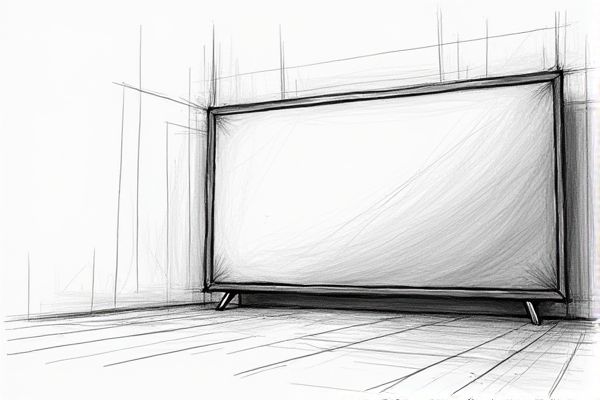
Illustration of large tv
Best brands of large tv in 2025
Samsung
Samsung Electronics has solidified its position as a leading producer of large and premium TVs, maintaining a 30.1% share of the global TV market in 2023 and dominating the premium sector with a 60.5% market share for TVs priced over $2,500 and a 33.9% share for TVs over 75 inches. To learn more about how Samsung Electronics continues its reign as a global TV market leader for 18 consecutive years, visit their official news release.
LG
LG Electronics stands as a leader in the global TV market, particularly dominating the OLED segment with a 52% market share in the first quarter of 2024 and a 49.4% share in terms of amount for the first half of the year. In the ultra-large OLED TV market, LG commanded a 58.4% share for TVs 80 inches or larger, led by its 97-inch model, the world's largest in the category. The company shipped 5.41 million TV units in the first quarter, accounting for 16.6% of global TV shipments in terms of value. LG's OLED TVs over 75 inches accounted for nearly 60% of total shipments in this segment, reflecting the growing demand for premium and large TVs. With its advanced AI processors and wireless OLED solutions, LG continues to solidify its position in the premium TV market. For more information on LG's dominance in the OLED market, visit their newsroom.
Sony
Sony is a prominent player in the large TV market, particularly in the premium segment, where it holds a significant share. In 2022, Sony had a 7.4% market share in the global TV market, and it is expected to see an increase in new TV buyers, with 27% of survey participants planning to opt for a Sony TV next. Sony's OLED TVs have seen growth, with LG dominating the OLED market but Sony maintaining a strong presence. Sony's TVs are known for advanced features such as high refresh rates and AI-enhanced color accuracy, making them ideal for gaming and sports. The brand also boasts a loyal user base, with 66.3% of Sony users likely to purchase another Sony TV. For more information, visit the Sony official website.
TCL
TCL has emerged as a leading producer of large TVs, capturing a significant market share with its aggressive marketing and pricing strategies. In Q1 2024, TCL held 12.6% of the global TV market share, and it has maintained a lead in the 80-inch and larger TV market with a 23% market share in the third quarter of 2024, surpassing Samsung. TCL's premium offerings, including the world's largest 115-inch MiniLED TV, have been particularly successful, challenging the dominance of OLED TVs. The company's acquisition of LG Display's Guangzhou LCD plant is expected to enhance its production capabilities and competitive pricing. TCL's focus on advanced technologies like MiniLED backlighting and AI-enhanced features has made its TVs highly competitive in the premium segment. For more information, check out TCL's TV reviews on RTINGS.
Vizio
Vizio is a leading producer of large TVs, known for generating higher average revenue per user (ARPU) from customers who purchase its larger screens. Customers who buy Vizio TVs that are 55 inches or larger tend to have them for a longer period and watch more streaming content, resulting in around 30% more ARPU compared to smaller TVs. Despite a drop in market share to 10.4% in the previous year, Vizio's SmartCast TV OS boasts over 18 million active users and has seen a 14% year-over-year increase in ARPU, contributing to a 27% annual increase in advertising revenue. Vizio's focus on larger screens, which are priced lower than competing models from Samsung, LG, and Sony, has been a key strategy in driving long-term revenues. The company's platform revenue, largely driven by advertising, has climbed to $156 million, a 22% increase. You can find more information about their products on the Vizio website.
Hisense
Hisense has solidified its position as a leading brand in the global premium TV market, particularly excelling in large-screen TVs. In Q3 2024, Hisense ranked second globally in the high-end TV market with a 24% market share and held the number one spot in China. The company dominates the 100-inch TV segment, capturing a remarkable 63.4% of the global shipment volume in Q3 2024, marking its fourth consecutive quarter at the forefront of this market. Hisense's success is also highlighted by its 53.4% worldwide Laser TV volume share in Q1 2024 and its leadership in Mini LED TV shipments, which saw a 102% year-on-year increase. This performance underscores Hisense's commitment to innovation and delivering high-quality products. For more information, visit their website: Hisense Global.
Panasonic
Panasonic, although facing significant challenges in recent years, has a storied history as a reputable producer of high-quality TVs. Nevertheless, its global market share in TVs has declined substantially, from 7.9% in 2010 to just 1.8% in 2020, according to Omdia. Despite this, Panasonic's Viera television line was once a major player, with annual sales peaking at over 20 million units before dropping to around 5 million units over the past decade. The company has been considering drastic measures, including limiting TV sales to select markets like Japan, to revamp its television business. Panasonic's focus on high-performance models, such as 4K TVs, has helped it maintain some profitability in the competitive TV market.
Philips
Philips, although no longer a dominant player in the U.S. TV market, was once a top-selling brand, holding a 17% market share in the fourth quarter of 2006. However, by 2007, Philips decided to license its brand to Funai for the U.S. market due to razor-thin margins and declining market share, which had dropped to 6.6% by the end of 2007. Despite this, Philips continues to design, manufacture, and market TVs globally. In the past, Philips was a significant player in the LCD TV segment, with $1.7 billion in television sales in North America in 2007. The company's strategic shift reflects its focus on more stable and profitable market sectors. For more insights into their decision, you can read about Philips ending production of TVs for U.S. market.
Sharp
Sharp, once a leading producer of large TVs, has seen a significant decline in its global market share. In the early 2000s, Sharp achieved record sales and profits, with LCD TV sales hitting 4 million units and forecasting 6 million units for the following year, dominating the Japanese market and holding a substantial share globally. However, by 2023, Sharp's TV market share had dropped to just 0.2%, reflecting intense competition from Chinese manufacturers like TCL and Hisense. Despite this, Sharp remains known for its innovative LCD technology and high-quality products. The company's historical strength in large-size, high-price TV sets is a testament to its technological prowess. For those interested in exploring more, detailed information about Sharp's corporate history can be found in their corporate history document.
Toshiba
Toshiba, once a prominent player in the global TV market, was the fifth largest supplier of LCD TVs in 2016 with a 7.3% market share. Although it has since withdrawn from several key markets, including North America and Europe, Toshiba's brand continues to be utilized by Hisense, which acquired 95% of Toshiba's TV business unit in 2017 for approximately $114 million. Hisense has been licensed to use the Toshiba brand for TVs and other visual products for 40 years in various markets. Despite its reduced market presence, Toshiba TVs, now managed by TVS REGZA Corporation, are still aiming to regain market share, particularly in regions like Thailand where they target a 10% market share over the next five years. The brand's resurgence is supported by the growing demand for smart TVs, which currently make up only 25% of the Thai TV market. For more insights into Toshiba's growth strategy, visit their TV market growth plan for Thailand.










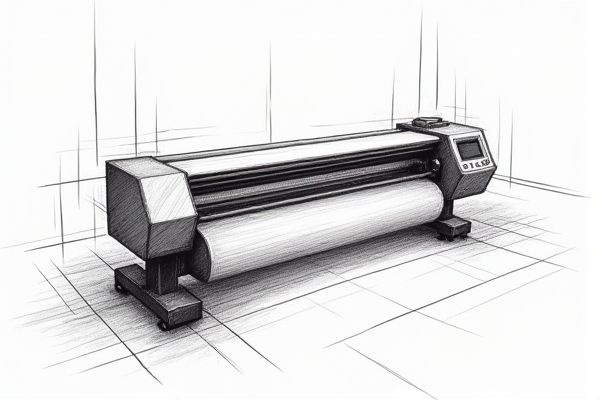

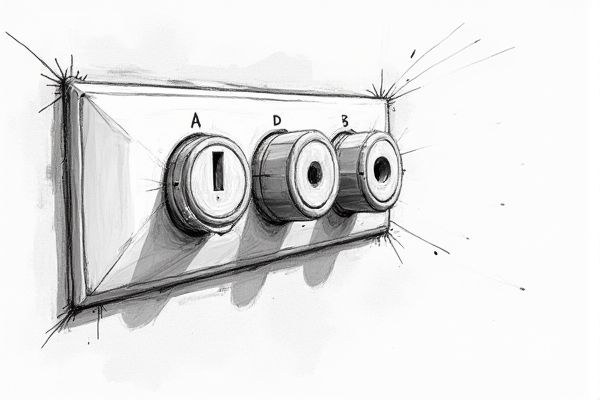
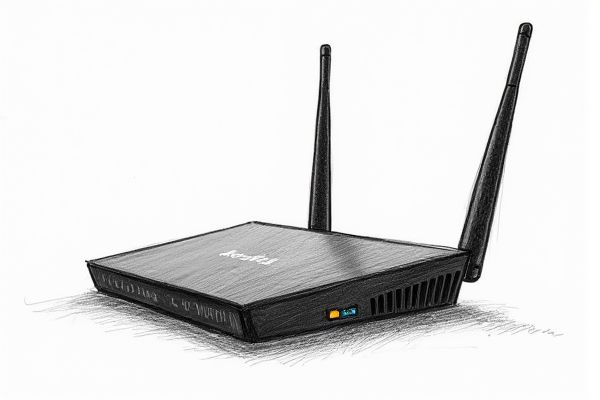
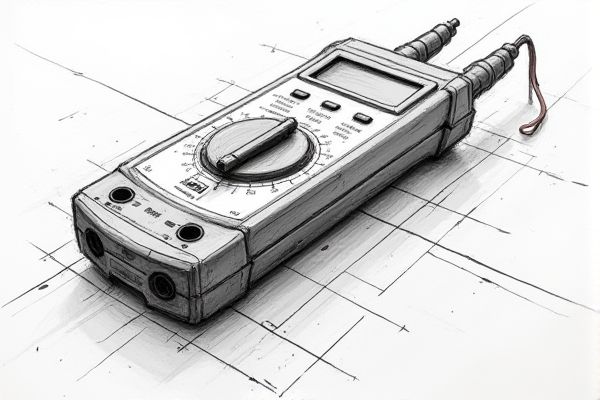
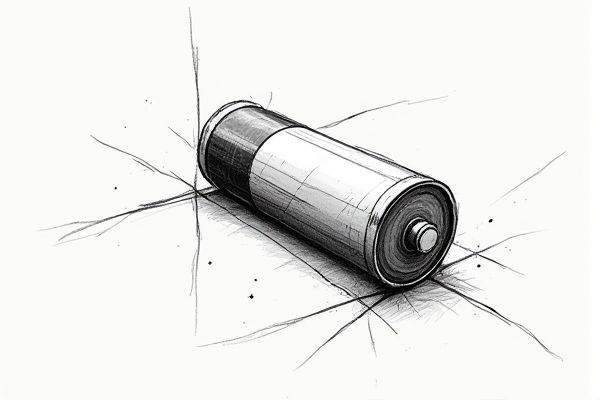
Leave a Reply
Your email address will not be published.